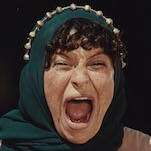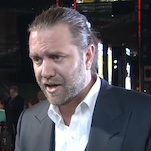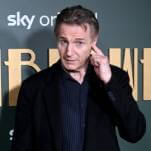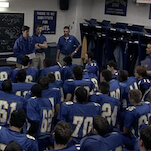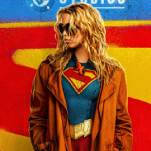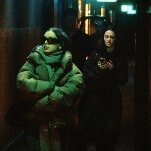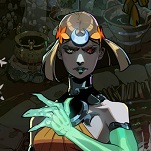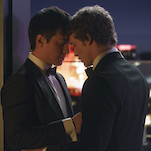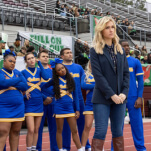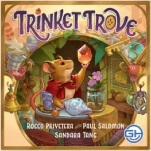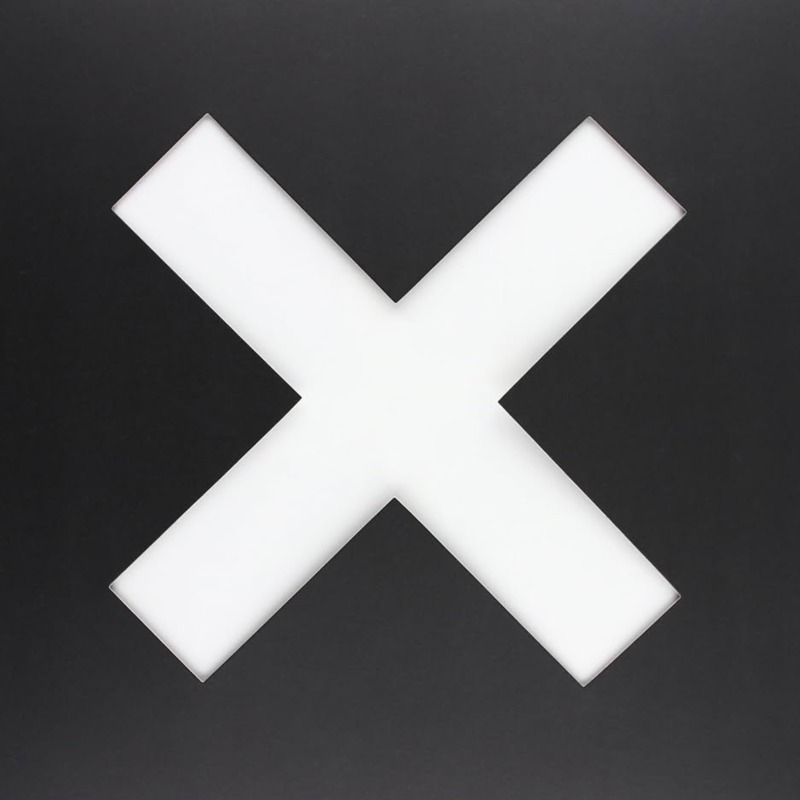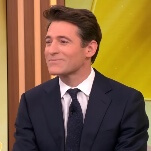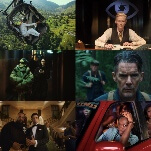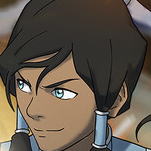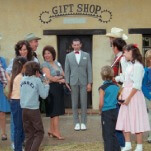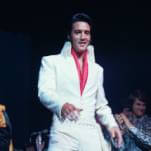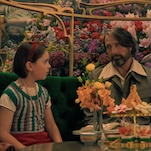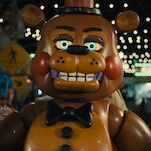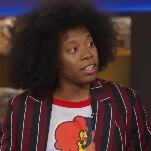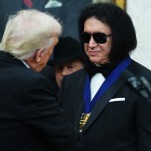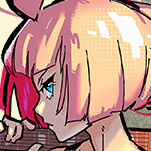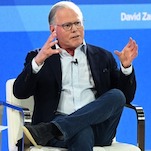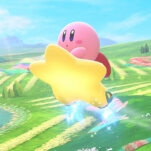Cobra Kai bows out with a substantial and satisfying run of episodes
The Netflix hit's final chapter nicely wraps up four decades’ worth of lore.
Photo: Elizabeth Morris/Netflix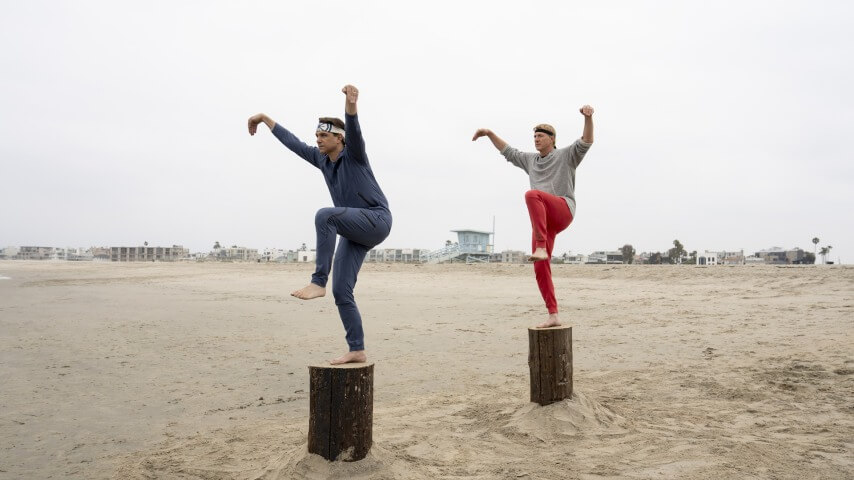
After six seasons of television—which saw a game-changing move from YouTube Red after Cobra Kai’s second batch to Netflix—The Karate Kid spin-off is finally at the end of the road, polishing things off with action-packed episodes to neatly tie up all of the dojo dreams of Johnny Lawrence (William Zabka), Daniel LaRusso (Ralph Macchio), and the rest of Team Miyagi-Do. But, of course, it hasn’t just been six seasons of Cobra Kai. Over the course of nearly seven years, co-creators Josh Heald, Jon Hurwitz, and Hayden Schlossberg have faced the daunting task of packing in four decades’ worth of lore from the film franchise that spawned the series—returning characters, cheeky callbacks, nostalgic needle drops, and the like—all while trying to expand from the trappings of a traditional legacy sequel. And in the big finale (the third of a long three-part goodbye that began in July), the powers that be give a substantial and satisfying send-off to those storylines and characters we’ve known for so long.
This final chapter picks up right where the tragic events of part two left off: that cliffhanger that saw—spoiler alert—the shocking death of Cobra Kai’s star fighter, Kwon Jae-Sung (Brandon H. Lee), during the Sekai Taikai tournament in Barcelona. Given both the personal horror and PR nightmare of Kwon’s death, the competition has been unsurprisingly called off, with the dojos dejectedly sent back to their respective corners of the mat. The response is mixed: Young fighters like Miguel Diaz (Xolo Maridueña) and Robby Keene (Tanner Buchanan) are left worrying about their future prospects sans karate, while shaken senseis like John Kreese (Martin Kove) and Daniel-san are determined to leave the bloody business of competitive karate behind. (Daniel bristles at the mere sight of a bonsai tree at LaRusso Auto Dealership.)
But there’s simply no Cobra Kai without karate and thus, with a little moneyed interference by Terry Silver (Thomas Ian Griffith), the dojos aren’t left dark for long. This time, though, the Sekai Taikai action is relocated from Spain back to where it all began: the Valley of Los Angeles, forty years after Daniel LaRusso and Johnny Lawrence first went toe-to-toe. That return to a familiar setting also signals a larger, much-welcome streamlining for these final five installments. After a bloated part two filled with a whole lot of new—new faces, new cities, new dojo beefs—the last installments wistfully leave space for the old.
Notably, after a heavy Miyagi-Do focus these past few seasons—especially in the last ten episodes, which were powered by Daniel’s desperate need to understand Mr. Miyagi’s (Pat Morita) increasingly mysterious past and his desires to further the core teachings of his beloved old sensei—the show has wisely gone back to its roots and returned its attention not only to its titular dojo but also to its most famous pupil: Johnny Lawrence. Cobra Kai has always been Johnny’s story, a chronicling of his struggles to contend with the past and his yearnings to turn that trauma into a brighter future. It’s in that conflict that Zabka’s character has provided not only the bulk of the show’s humor but also much of its heart. And it’s fitting that the most intense and affecting scenes Johnny has at the series’ end are opposite Kove’s Kreese, his onetime sensei and father figure. Lawrence has been haunted by the disappointment of his loss to LaRusso for forty long years, a sorrow compounded by Kreese’s harsh abandonment of his young student all the way back in 1986’s The Karate Kid Part II. And with Cobra Kai’s conclusion, Johnny can finally let go of those ghosts.


